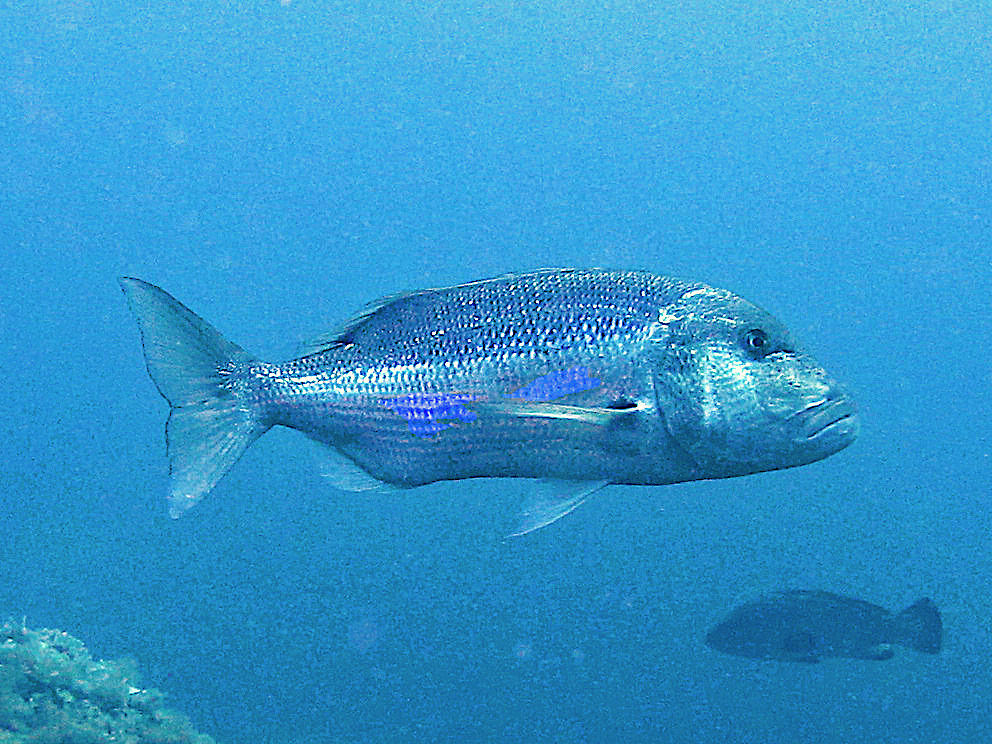Is Data From Social Media Useful for Fisheries Science?

New research shows YouTube posts have the potential to inform conservation strategies.
March 20 is the first day of spring, and warmer weather means it’s time to get fishing and posting prize catches on social media.
Camera phones were a huge game-changer for the fishing community. And along with photography “tips” — like how holding the fish up towards the camera with outstretched arms makes the fish look much bigger — social media also provides an emerging source of data for conservation science.
Research Need
A lack of data makes monitoring and assessment difficult in many recreational fisheries. State, regional, and federal partners use in-person, telephone, and mail surveys to measure the number of trips saltwater anglers take and the number of fish they catch, but estimating total recreational catch is a statistical challenge. And if it’s a fish species that isn’t an angler favorite, it could mean little to no data for that species.
But what if we could study YouTube videos to better understand recreational fisheries?
What did they study?
A European research team investigated common dentex — a “vulnerable” fish species according to the “Red List of Threatened Species in the Mediterranean Sea.” Dentex is an iconic target species for both recreational hook-and-line and spear fishers.
Although little actual data exists regarding recreational fishing for common dentex, fishery managers are recommending restrictions on recreational spearfishing to help the species recover. However, such restrictions suggest that spearfishing of common dentex is a greater threat to the species than recreational hook-and-line angling, despite previous studies suggesting the opposite.
Recreational fishers regularly upload videos to YouTube, and hook-and-line anglers usually declare the weights of the fish in their videos. Analyzing YouTube videos from the same region for spear fishing gave scientists the opportunity to calculate differences between the two groups in the average weights of their catches.
What did they find?
Using keyword searches (e.g. species name, “angling,” and “spearfishing”), researchers identified and studied 692 YouTube videos related to recreational hook-and-line angling and 1,051 videos related to recreational spearfishing. The team manually crosschecked the videos, noting the weights of the fish reported in the titles or descriptions of the videos.
The team determined that uploads of spearfishing videos followed a seasonal pattern, with peaks in July, a trend that didn’t apply to videos from hook-and-line anglers. The scientists reasoned that anglers could pursue dentex throughout the year, but, in contrast, spearfishing depended on the warmer waters of summer.
Researchers also found that the fish in videos from recreational hook-and-line anglers were significantly heavier than those in videos from recreational spearfishers. This finding, along with the team’s previous work, suggests that spearfishers have a lower likelihood than hook-and-line anglers of capturing large common dentex. Many spearfishers free-dive, of course, which limits the depths they can reach, but common dentex live in sandy or stony deeps, sometimes 700 feet below surface.
Anything else?
Videos from spearfishers received significantly more likes and comments than those from hook-and-line anglers. Not surprisingly, videos with bigger fish also triggered more social engagement and positive reactions.
So what?
In addition to shedding light on how anglers like to use social media, results show social media’s promise for informing how, when, and where people fish recreationally.
Reading
Sbragaglia, V., Correia, R.A., Coco, S., and R. Arlinghaus. 2020. “Data mining on YouTube reveals fisher group-specific harvesting patterns and social engagement in recreational anglers and spearfishers.” ICES Journal of Marine Science. 77 (6), 2234–2244.
The project was supported by a Leibniz-DAAD postdoctoral research fellowship (# 91632699), as well as by a postdoctoral scholarship from FCT—Fundac¸~ao para a Cieˆncia e Tecnologia (SFRH/BPD/118635/2016) national funds.
Summary by Sara Mirabilio
Above photo: Dentex, near Portofino, courtesy Hectonichus via CC BY-SA 3.0
The text from Hook, Line & Science is available to reprint and republish, but only in its entirety and with this attribution: Hook, Line & Science, courtesy of Scott Baker and Sara Mirabilio, North Carolina Sea Grant. HookLineScience.com



